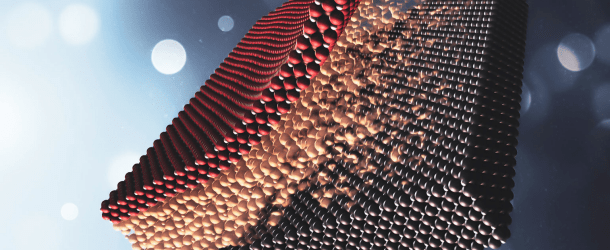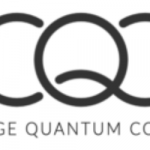Researchers Discover Way to Fine-Tune Quantum Material LCMO for Potential Application of Future Generation of Electronics

(MachineDesign) Scientists at the Department of Energy’s SLAC National Accelerator Laboratory and Stanford University created a super-thin, flexible membrane from the normally brittle lanthanum calcium manganese oxide (LCMO) and then used micromanipulators to stretch it on a tiny apparatus and glued it in place to preserve the slight extension. LCMO is called quantum material because its electrons behave in unconventional and often surprising ways. Researchers want to control and fine-tune this behavior for a new generation of electronics with applications in power transmission, transportation, computing, sensors and detectors.
Ordinarily LCMO is as brittle as ceramic coffee cups and would break if stretched. The researchers applied gentle heat to melt the glue, and then they could release and stretch the same transparent membrane again and again and watch it flip from being an insulator to a conductor and back again. Stretching also changed its magnetic properties.
“As a scientific tool this is really exciting,” says Harold Hwang, a professor at SLAC and Stanford. “It opens opportunities for mechanically manipulating broad classes of materials in ways we couldn’t do before. And it gives us ideas for how we might design flexible materials for electronic devices, including sensors and detectors that measure small changes.”



















